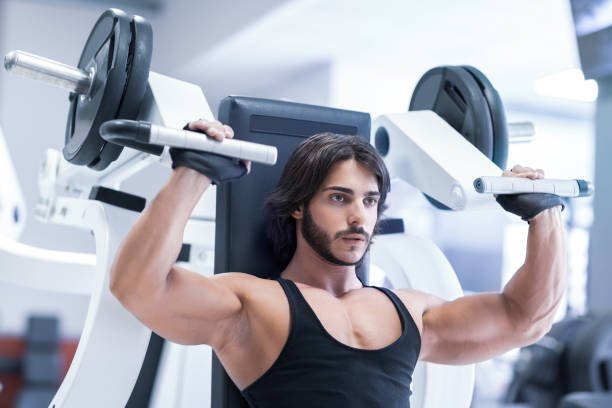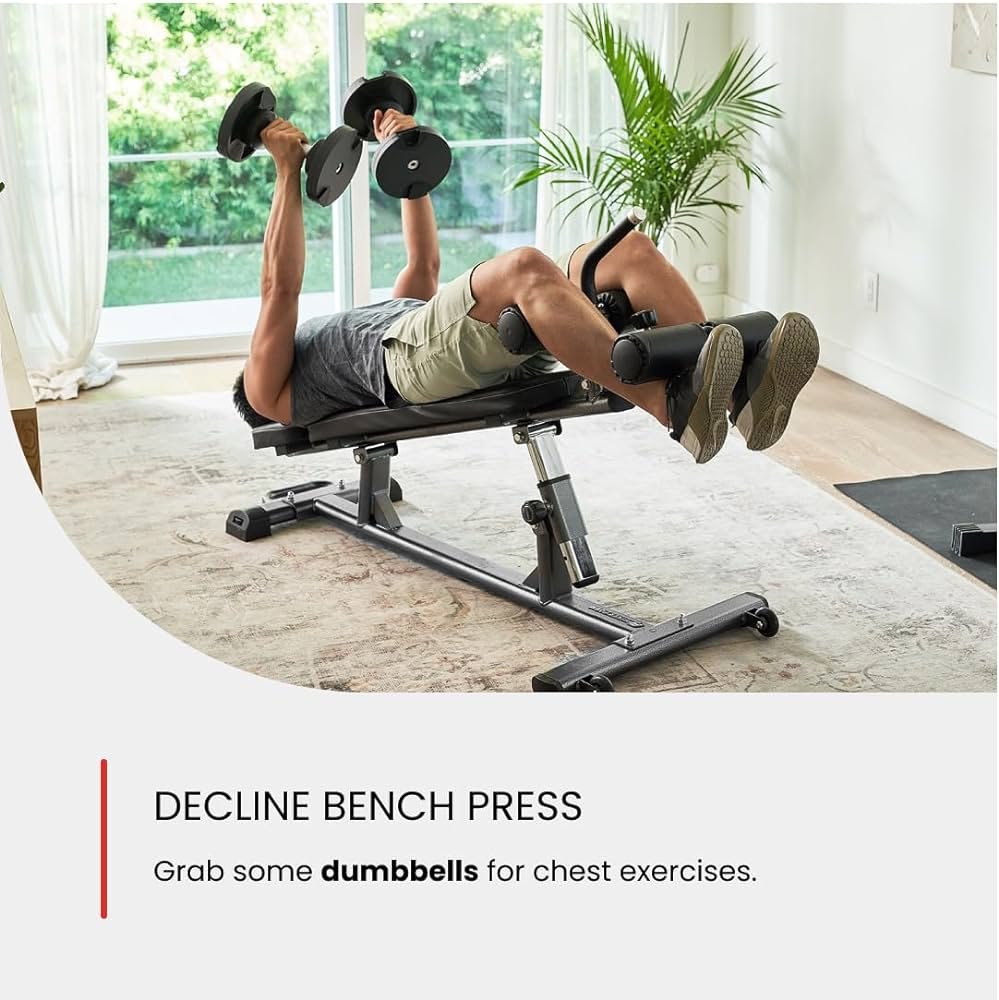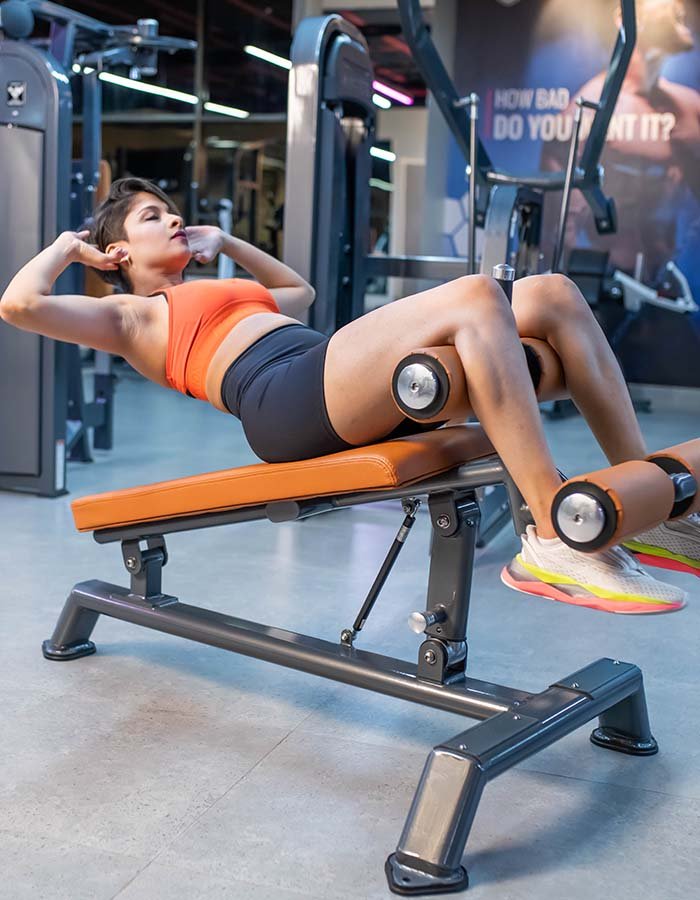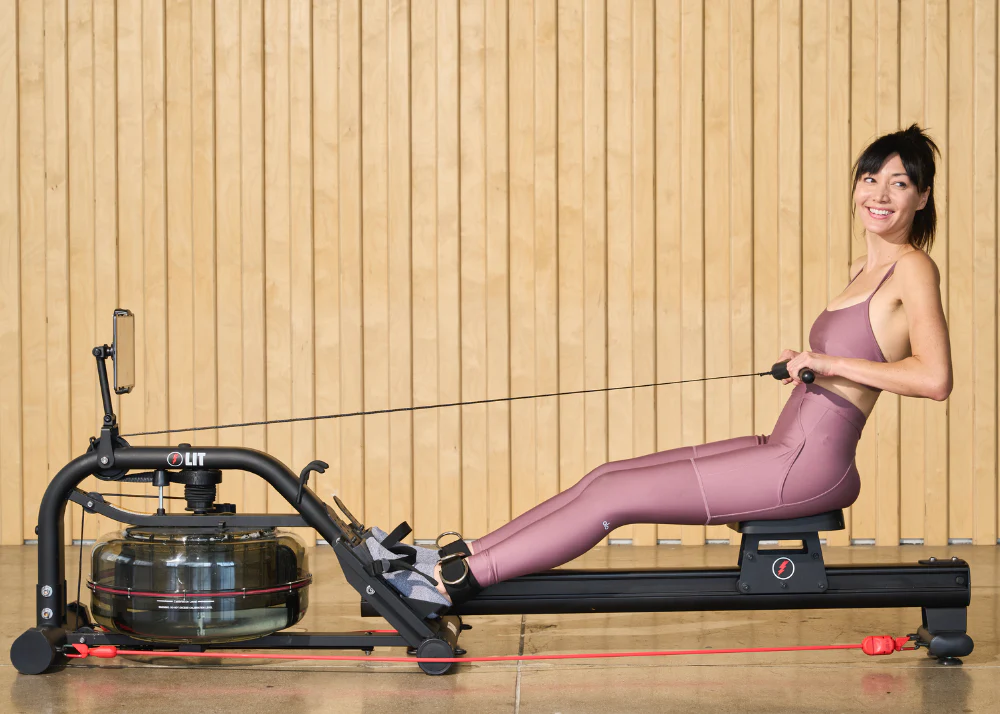
In the pursuit of a well-rounded, powerful physique, few exercises rival the efficacy and versatility of the shoulder press machine. Whether you’re a seasoned gym-goer or just beginning your fitness journey, understanding how to properly utilize this essential piece of equipment can make a significant difference in your training regimen. In this comprehensive guide, we’ll delve into the benefits, proper technique, variations, and safety considerations of the shoulder press machine, empowering you to unlock your full strength potential.
Understanding the Shoulder Press Machine: A Brief Overview
The shoulder press machine, also known as the overhead press machine or the shoulder press apparatus, is a staple in gyms worldwide. Its primary function is to target the deltoid muscles of the shoulders, along with secondary involvement from the triceps and upper chest. The machine typically consists of a seat or bench with a backrest, a set of handles or grips, and a weight stack for resistance adjustment.
Benefits of the Shoulder Press Machine
- Muscle Development: The shoulder press machine effectively targets the deltoid muscles, helping to build size, strength, and definition in the shoulders. By adjusting the grip width and hand positioning, you can emphasize different areas of the deltoids, such as the anterior, lateral, and posterior heads.
- Joint Stability: Properly performed shoulder presses on the machine can enhance shoulder joint stability by strengthening the surrounding muscles and connective tissues. This can reduce the risk of injury and improve overall shoulder health, particularly important for athletes and individuals engaged in overhead activities.
- Convenience and Accessibility: Unlike free weight exercises such as the barbell or dumbbell shoulder press, the shoulder press machine offers a guided range of motion with built-in stability. This makes it an excellent choice for beginners or those recovering from injuries who may struggle with balance or coordination.
- Progressive Overload: Most shoulder press machines feature a weight stack or weight plates that allow for incremental increases in resistance. This makes it easy to implement progressive overload, a fundamental principle of strength training essential for continuous muscle growth and adaptation.
Proper Technique: Mastering the Shoulder Press
While the shoulder press machine provides a controlled and guided motion, executing proper technique is crucial to maximize results and minimize the risk of injury. Follow these steps for optimal performance:
- Adjust the Seat: Position the seat so that the handles are at shoulder level when seated. Ensure that your back is firmly against the backrest and your feet are flat on the floor for stability.
- Grip Placement: Grasp the handles with an overhand grip, slightly wider than shoulder-width apart. Your palms should be facing forward, and your elbows should be bent at approximately 90 degrees.
- Initiate the Press: Press the handles upward in a smooth, controlled motion, extending your arms fully without locking out the elbows. Exhale as you push the weight overhead, engaging your shoulder muscles throughout the movement.
- Lower with Control: Lower the handles back down to shoulder level with a controlled descent, inhaling as you return to the starting position. Avoid letting the weight stack slam down, maintaining tension in your muscles throughout the entire range of motion.
- Maintain Postural Alignment: Throughout the exercise, maintain proper postural alignment with your chest lifted, shoulders back, and core engaged. Avoid excessive arching of the lower back or shrugging of the shoulders, which can lead to strain or injury.
- Controlled Repetitions: Aim for controlled repetitions within a comfortable range of motion, focusing on quality over quantity. Start with a weight that allows you to perform 8-12 repetitions with proper form, gradually increasing the resistance as you progress.
Variations and Progressions
One of the advantages of the shoulder press machine is its versatility, allowing for variations and progressions to continually challenge your muscles and prevent plateaus. Here are some variations to consider:
- Single-Arm Press: Perform the shoulder press using one arm at a time to address muscle imbalances and enhance core stability.
- Reverse Grip Press: Alter your grip to an underhand position, targeting the upper chest and engaging the biceps to a greater extent.
- Neutral Grip Press: Utilize handles with a neutral grip (palms facing each other), emphasizing the anterior deltoids while reducing stress on the shoulder joints.
- Drop Sets and Supersets: Incorporate drop sets or supersets by decreasing the weight after reaching failure or alternating between the shoulder press machine and complementary exercises for an intense training stimulus.
- Unilateral Loading: Increase the challenge by loading more weight on one side of the machine, forcing each shoulder to work independently and improving overall stability.
Safety Considerations
While the shoulder press machine is generally safe when performed with proper technique, it’s essential to prioritize safety to avoid injury. Here are some key safety considerations:
- Warm-Up Adequately: Prior to engaging in any resistance training, warm up your muscles with dynamic movements and light cardio to increase blood flow and flexibility.
- Start with Light Weight: Begin with a light weight to familiarize yourself with the movement pattern and gradually increase the resistance as you gain strength and confidence.
- Listen to Your Body: Pay attention to any discomfort or pain during the exercise and stop immediately if you experience sharp or persistent pain. Consult with a fitness professional or healthcare provider if you have any underlying medical conditions or concerns.
- Maintain Control: Avoid using momentum or excessive body English to lift the weight, as this can increase the risk of injury and diminish the effectiveness of the exercise.
- Use Spotters if Necessary: If lifting heavy weights or pushing to failure, consider using a spotter to assist with the lift and ensure safety.
In Conclusion
The shoulder press machine is a versatile and effective tool for building strength, size, and stability in the shoulders. By mastering proper technique, incorporating variations, and prioritizing safety, you can maximize your results and unlock your full strength potential. Whether you’re striving for athletic performance, aesthetic goals, or overall functional fitness, the shoulder press machine deserves a prominent place in your training repertoire. Incorporate it wisely, and watch your shoulders soar to new heights of strength and definition.



